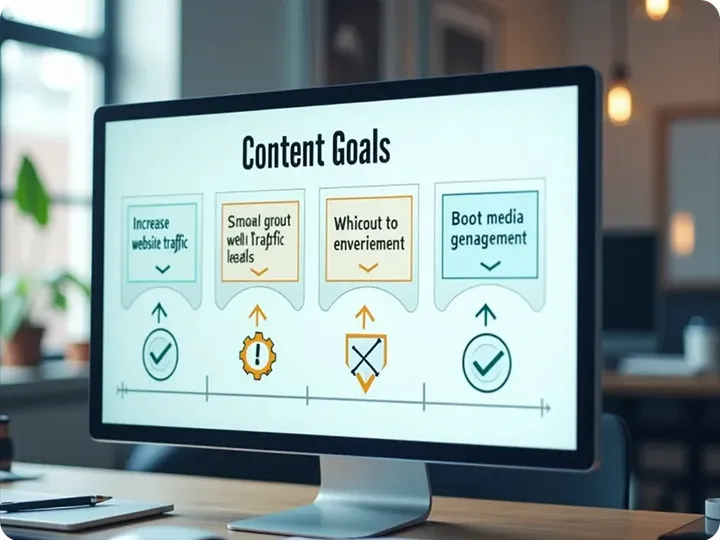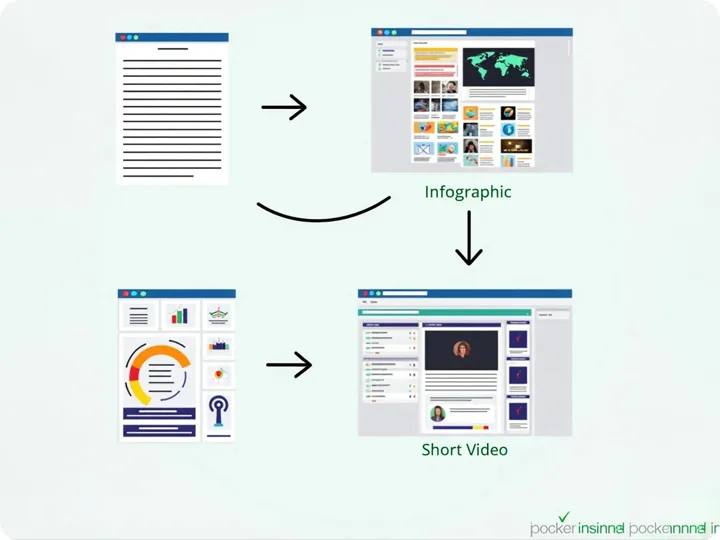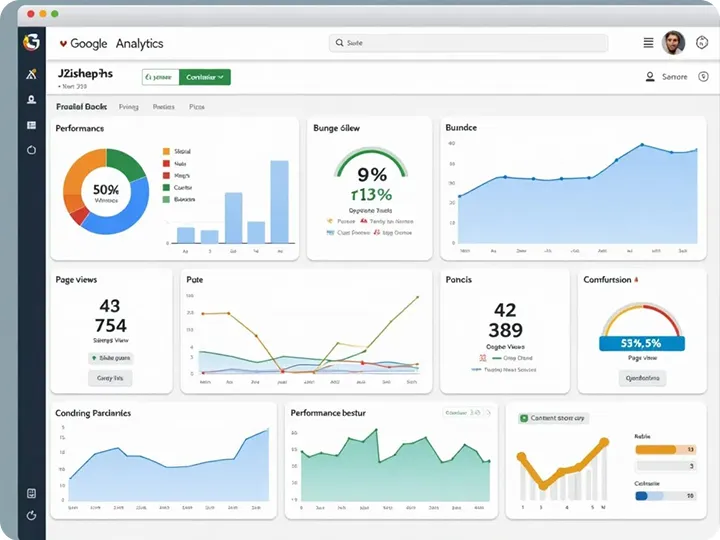Content Creation Strategies for Small Businesses

Content creation strategies play a crucial role in today’s digital marketing landscape. By understanding the needs of your target audience and creating high-quality, engaging content, businesses can establish a strong online presence. These strategies not only help in boosting traffic but also in converting visitors into loyal customers. Whether you’re focusing on blogs, videos, or social media, implementing effective content creation strategies will ensure that your content reaches the right people at the right time. Furthermore, with the right tools and tactics, content creation can become a sustainable and profitable business asset.
Why Content Creation Matters for Small Businesses
Content creation is not just about filling a blog or social media page; it is about building relationships, establishing authority, and fostering trust with your audience. For small businesses, well-crafted content can:
- Increase visibility in search engine results.
- Boost engagement on social media platforms.
- Educate and inform potential customers.
- Drive conversions and build loyalty.
By employing smart strategies, small businesses can achieve these benefits efficiently. Moreover, it helps them stand out in a competitive market, making it a vital tool for growth. Learn more about the importance of content marketing for small businesses
7 Key Content Creation Strategies :
1. Define Your Content Goals
Before diving into content creation, it’s essential to outline clear goals. For instance, ask yourself:
- What do you want to achieve with your content?
- Who is your target audience?
- Which platforms will best reach your audience?

Common goals include increasing website traffic, generating leads, or enhancing brand awareness. Furthermore, defining these objectives ensures that your content aligns with your overall business strategy and delivers measurable results.
2. Focus on Your Niche
Small businesses often thrive by catering to specific niches. Identify topics that align with your expertise and resonate with your target audience. For example:
- A local bakery can create recipes, baking tips, or articles about sourcing fresh ingredients.
- A fitness trainer might focus on at-home workout routines or healthy lifestyle advice.
By narrowing your focus, you can position yourself as an expert in your field and build a loyal audience. Additionally, this approach makes it easier to connect with customers on a deeper level.
3. Leverage User-Generated Content
User-generated content (UGC) is a cost-effective way to engage your audience while reducing your workload. Encourage customers to share reviews, testimonials, or photos featuring your products. You can:
Host a contest where users submit their best photos or stories.
Share customer success stories on your blog or social media.
Create a hashtag to encourage user participation.
Not only does UGC build social proof, but it also strengthens trust in your brand. Furthermore, it fosters a sense of community among your audience. Explore how to effectively use user-generated content and content creation strategies to grow your business.
4. Repurpose Existing Content
Maximize your efforts by repurposing content across multiple platforms. For example:
- Transform a blog post into an infographic.
- Break down a video into shorter clips for social media.
- Compile several related articles into an eBook or guide.

Repurposing content helps you reach different audiences while saving time and effort. Additionally, it ensures that your valuable insights don’t go unnoticed.
5. Utilize Free Tools and Resources
Small businesses can take advantage of free or low-cost tools to streamline content creation. Here are a few examples:
- Canva: Design professional graphics for social media or blogs.
- Grammarly: Ensure your content is error-free.
- Answer the Public: Discover trending questions in your niche.
- Hootsuite: Schedule and manage social media posts efficiently.
Using these tools not only saves money but also enhances the quality of your output. As a result, you can compete effectively with larger businesses.
6. Optimize Content for SEO
Search engine optimization (SEO) is crucial for improving online visibility. Incorporate your target keywords naturally into:
Titles and headings.
Meta descriptions.
Image alt texts.
The body of your content.
For example, use the keyword ‘Content Creation Strategies’ throughout your articles and ensure it fits naturally within the context. Additionally, prioritize mobile-friendly designs and fast-loading pages to enhance the user experience. By doing so, your content creation strategies are more likely to rank higher on search engines.
7. Measure and Adjust
No strategy is complete without tracking performance. Use analytics tools such as Google Analytics to monitor metrics like:
- Page views.
- Bounce rates.
- Conversion rates.

Analyze the data to identify what works and what doesn’t, then refine your approach. Furthermore, continuous improvement ensures your content strategy remains effective and aligned with your goals.
Start Implementing Content Creation Strategies Today
Effective content creation doesn’t require a massive budget. By focusing on your niche, leveraging user-generated content, repurposing materials, and optimizing for SEO, small businesses can achieve significant results. Moreover, these strategies empower small businesses to compete effectively in the digital landscape. Start implementing these content creation strategies today and watch your business thrive. Looking for more actionable tips? Visit our blog to explore a wide range of content creation strategies and resources.

